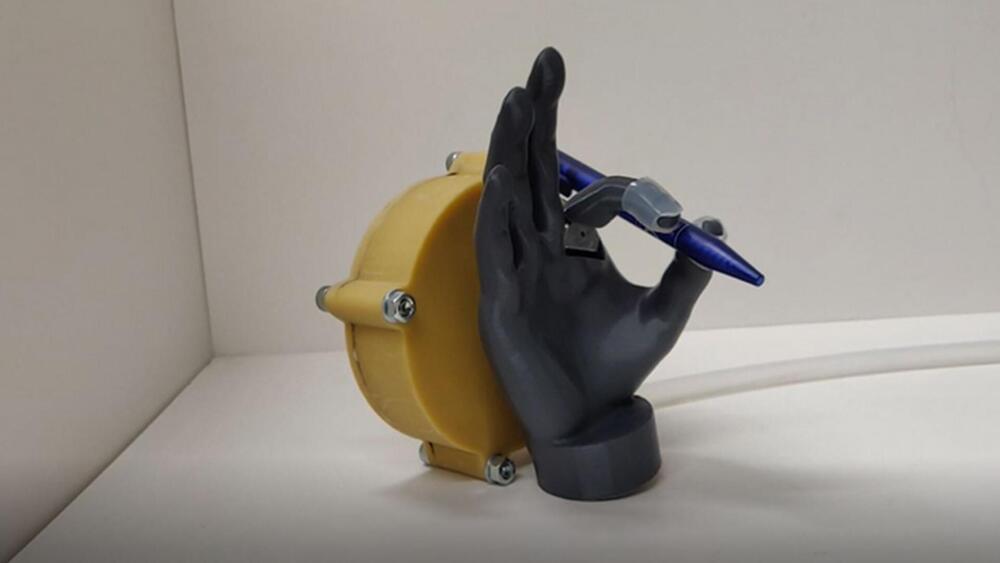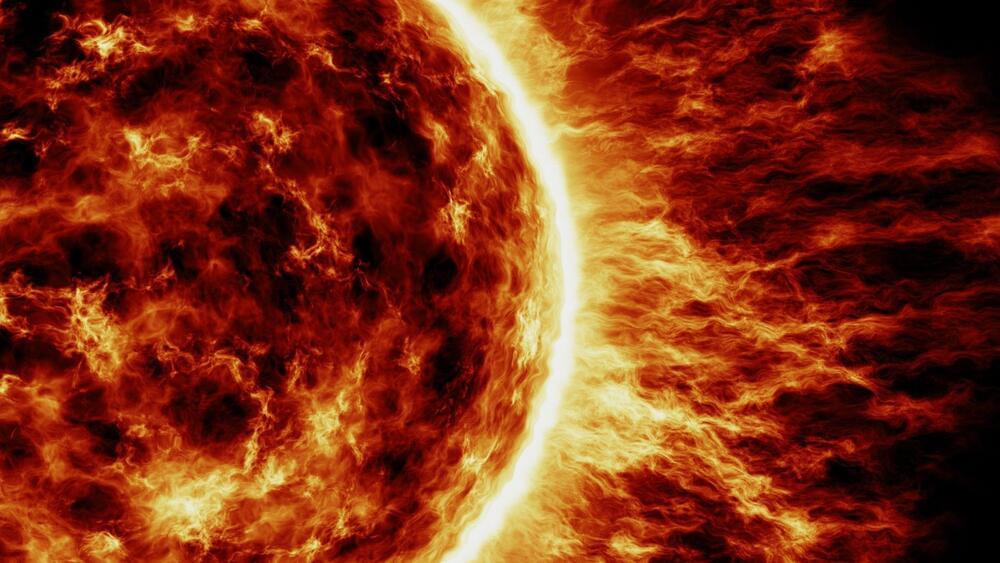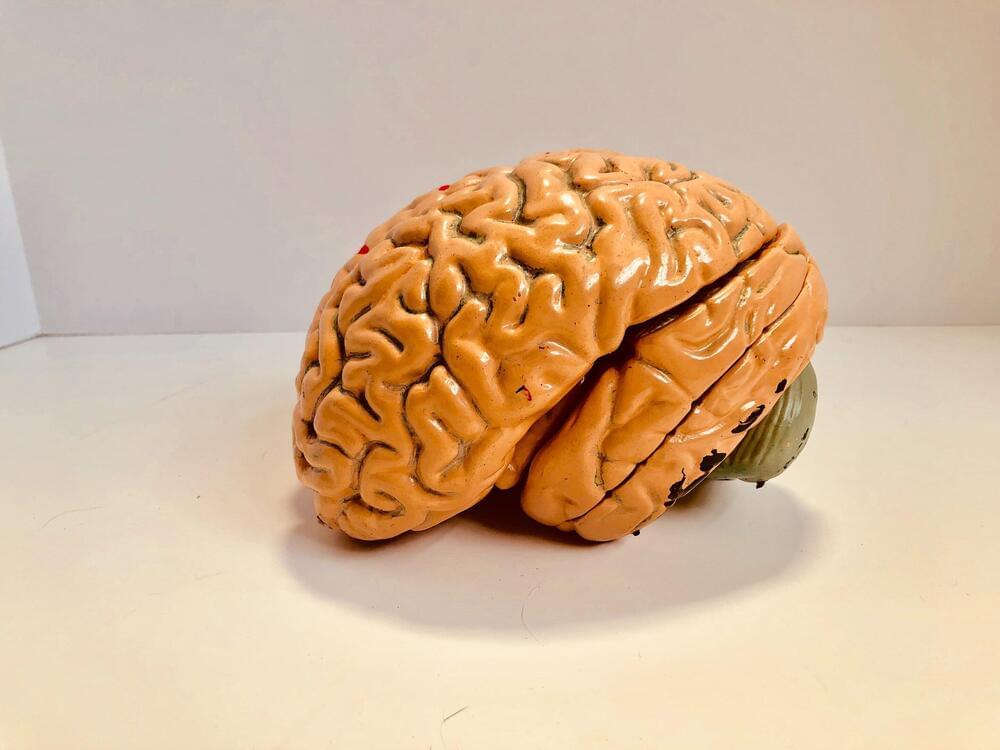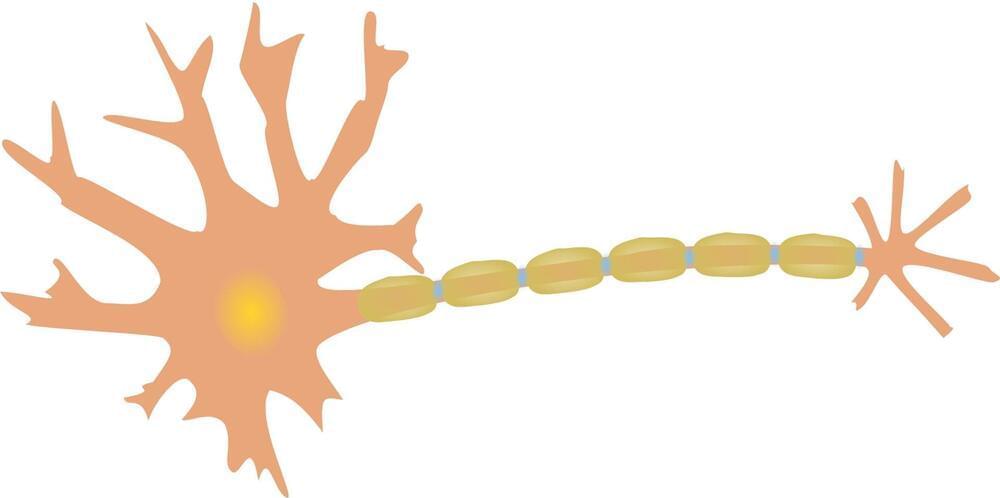Senior corporate officers across the nation are wringing their hands. The 2023 economic climate is uncertain, but one thing is for sure—more layoffs are coming. In November 2022 alone, more than 80,000 layoffs were announced from tech giants like Meta, Amazon, and Twitter, as well as conventional companies like PepsiCo, Goldman Sachs, and Ford.
Downsizing is one of the most difficult things that leaders ever have to accomplish. How many should you let go? When should you do it? Who stays and who goes? What severance do you offer? How do you protect your diversity targets? How to maintain trust and productivity in those who get to stay?
Let too many go, too fast, and you could damage service and execution. Let too few go, too late, and you might lose money. Let the wrong people go and you may just create internal chaos. Getting this wrong can have enormous consequences on profitability, productivity, brand reputation, and stock price.







